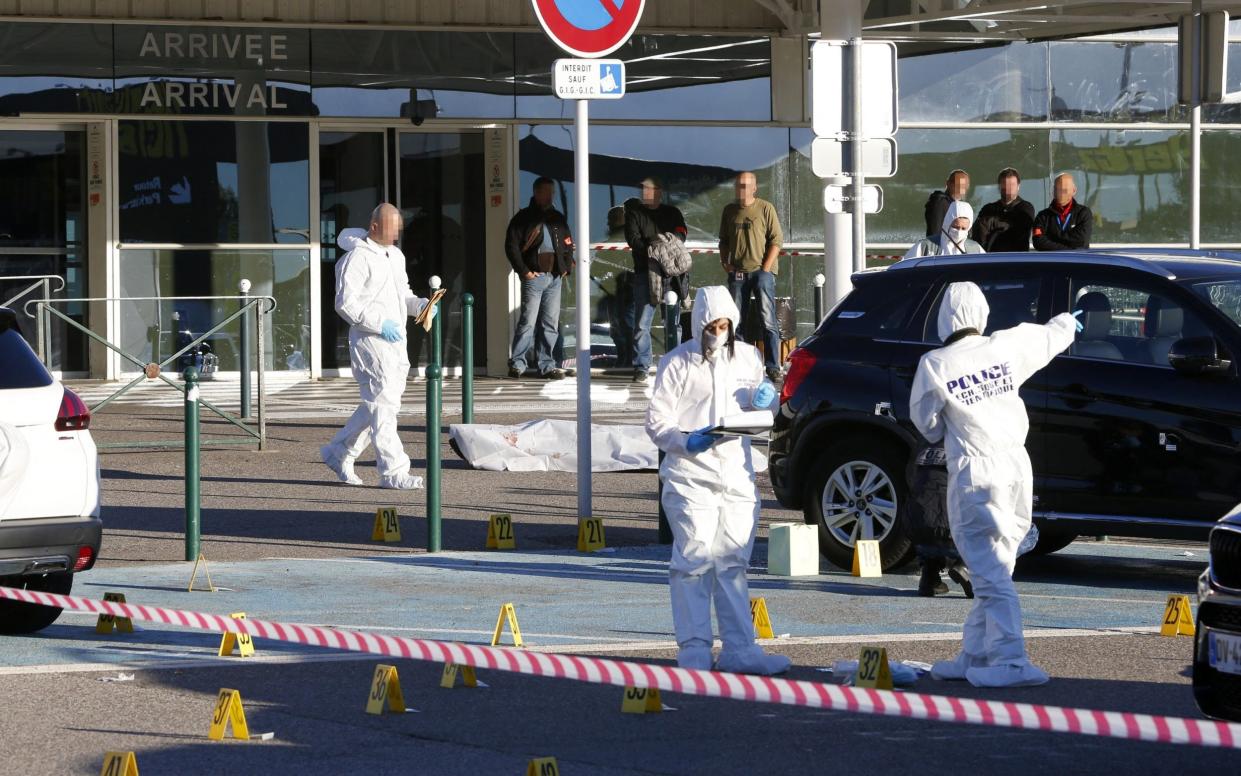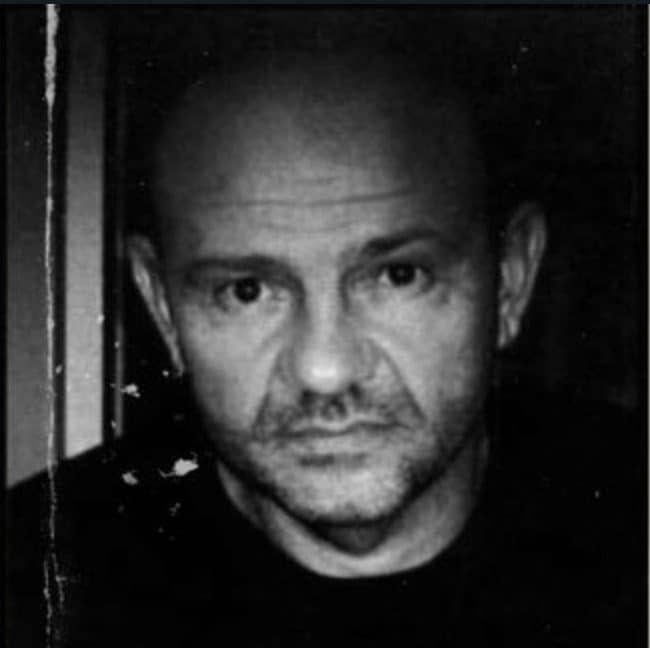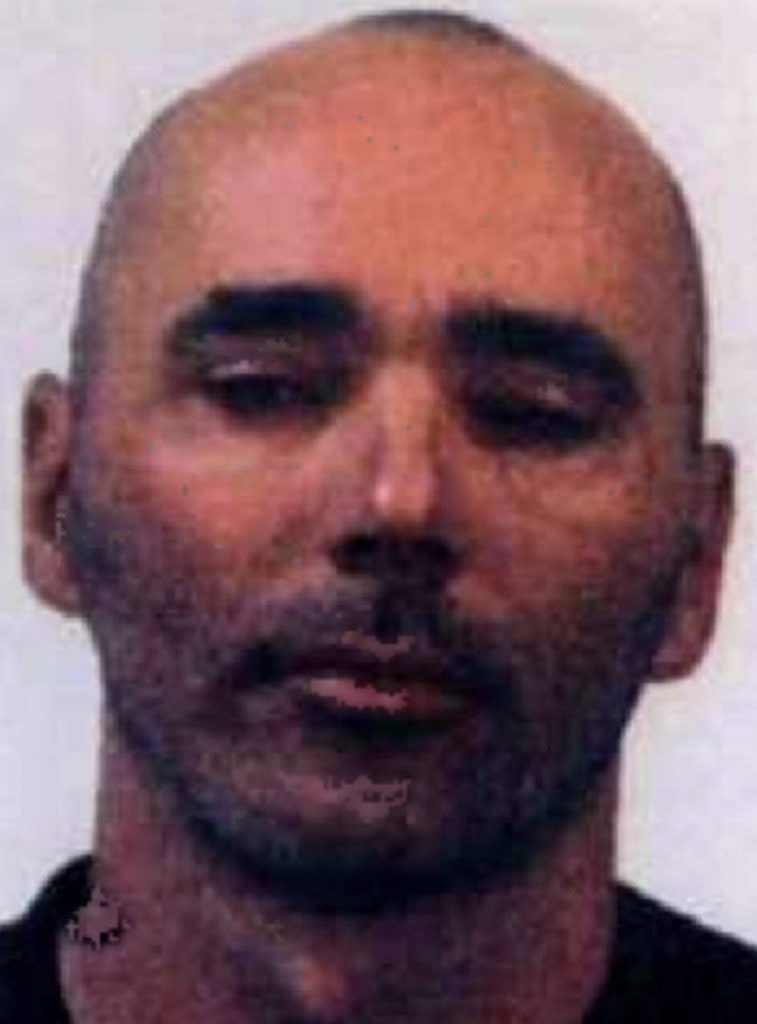Female prison guard on trial for giving gangster the ‘kiss of death’

A French female prison guard stood trial on Monday for planting a “kiss of death” on an incognito mafia boss that helped rivals identify him and gun him down.
Pleading for leniency, her lawyer described Cathy Sénéchal as an “Emma Bovary” figure, bored with her dull existence as a mother-of-four, who gradually became fascinated with the Corsican underworld.
Sénéchal, 48, is accused of singling out Jean-Luc Codaccioni, a Corsican gangster, at the island’s Bastia airport in 2017 by giving him a “baiser de la mort” – a kiss pre-arranged as a signal to mark him out for assassination – along with a second mafia enemy, Antoine Quilichini.
Both were members of Corsica’s notorious “Brise de Mer” gang.
Quilichini, known as “Tony the Butcher”, had been released from prison 15 days earlier and was killed instantly. Codaccioni, an inmate at Borgo jail who was on prison leave, died of his wounds seven days later.

A minute before the shots were fired, Sénéchal, a prison guard in Borgo, was seen on surveillance cameras “running up” to embrace Codaccioni.
After finishing his victims off with a Kalashnikov and handgun, the killer turned to witnesses and said, “it’s nothing, we’re shooting a film”, before driving off.
While Corsican gangsters are notorious for respecting an omerta on crimes, Sénéchal, one of 16 defendants due to appear in court in Aix-en-Provence, has been far more talkative.
She admitted that she had given the hitmen information about the dates on which the two victims were leaving and that she had offered to go to the airport to describe Codaccioni’s outfit to the killer.
Sénéchal’s story inspired a film by Stéphane Demoustier, Borgo, released in cinemas on April 11, much to the chagrin of the lawyers, who say it could influence the trial.

Her lawyer, Renaud Portejoie, on Monday said: “Some have rightly underlined the romanesque side of her actions à la Emma Bovary, namely a form of weariness regarding her daily life as a rather bored mother-of-four.
“I think she needed this thrill.”
He said that Sénéchal, pleading guilty, had “admitted everything” and cooperated fully with investigating magistrates in the six years she spent behind bars awaiting trial.
“She is brave. She knows she must pay for what she committed. She will take responsibility for it. I hope the jury will understand her singular act… and deliver an intelligent verdict.”
In the indictment, Sénéchal is cited as telling investigating judges: “I was hired to do a job and I did it”. She admitted she acted for the money – she was promised a “six-figure sum” – but above all because “it spiced up my life”.
“A Parisian like me who arrives in Corsica, who doesn’t speak a word of Corsican and who gets involved in something like that, that’s quite something”, she told judges.
Poisoning plot
Sénéchal was to perform another service: recovering poison and introducing it into prison, then pouring it into the café of Stéphane Luciani, who, like the two men shot dead, was linked to mobster Jean-Luc Germani.
She got cold feet after the first suspects were arrested.
“I’m a killer, yes, I’ve killed people. Let’s face it, I knew exactly how this was going to end,” she added.
Detectives were able to incriminate the suspects by managing to “decrypt for the first time telephones considered inviolable” and reading “crucial” messages they contained, said prosecutors.
They said that the defendants had aimed to “avenge the deaths” of their fathers, the founders of the Brise de Mer, and to “revive” the criminal gang.
Named after a café in Bastia’s Old Port, where its members had been meeting since the late 1970s, the Brise de Mer dominated French crime for 25 years, carrying out dozens of armed attacks on banks and armoured vans, both in France and Switzerland. The gang also controlled nightclubs and gambling dens on the island and in Aix-en-Provence.
Feuding godfathers
In the late 2000s, a feud developed between two founding members of the group, Richard Casanova and Francis Mariani. Casanova was murdered in April 2008 and Francis Guazzelli – another founding member – in November 2009. Mariani died in a hangar explosion in January 2009.
The war continued via the godfathers’ heirs, leading to the latest deaths. Their desire for revenge is clinically laid out in decrypted text messages, such as, “We have avenged our fathers” and, “I have given all its power back to the Brise”.
Among the defendants are brothers Christophe and Richard Guazzelli, aged 26 and 28. Christophe is charged with pulling the trigger. Their father, Francis, was murdered in 2009, and they grew up convinced that his death was the work of the Germani clan.
Also in the dock are two other sons of “godfathers” who died violent deaths: Jacques Mariani, 58, son of Francis Mariani, and Ange-Marie Michelosi, 35, whose father was gunned down in 2008. Investigators have dubbed them “the clan of orphans”.
A 17th defendant, Jean-Louis Andreani, was murdered before the trial opened.
Jean-Luc Codaccioni, son of one of the victims, has not registered as a civil plaintiff in the trial, prompting one police source to tell Le Monde: “We fear that he does not intend to settle this dispute in court.”
The trial continues.
